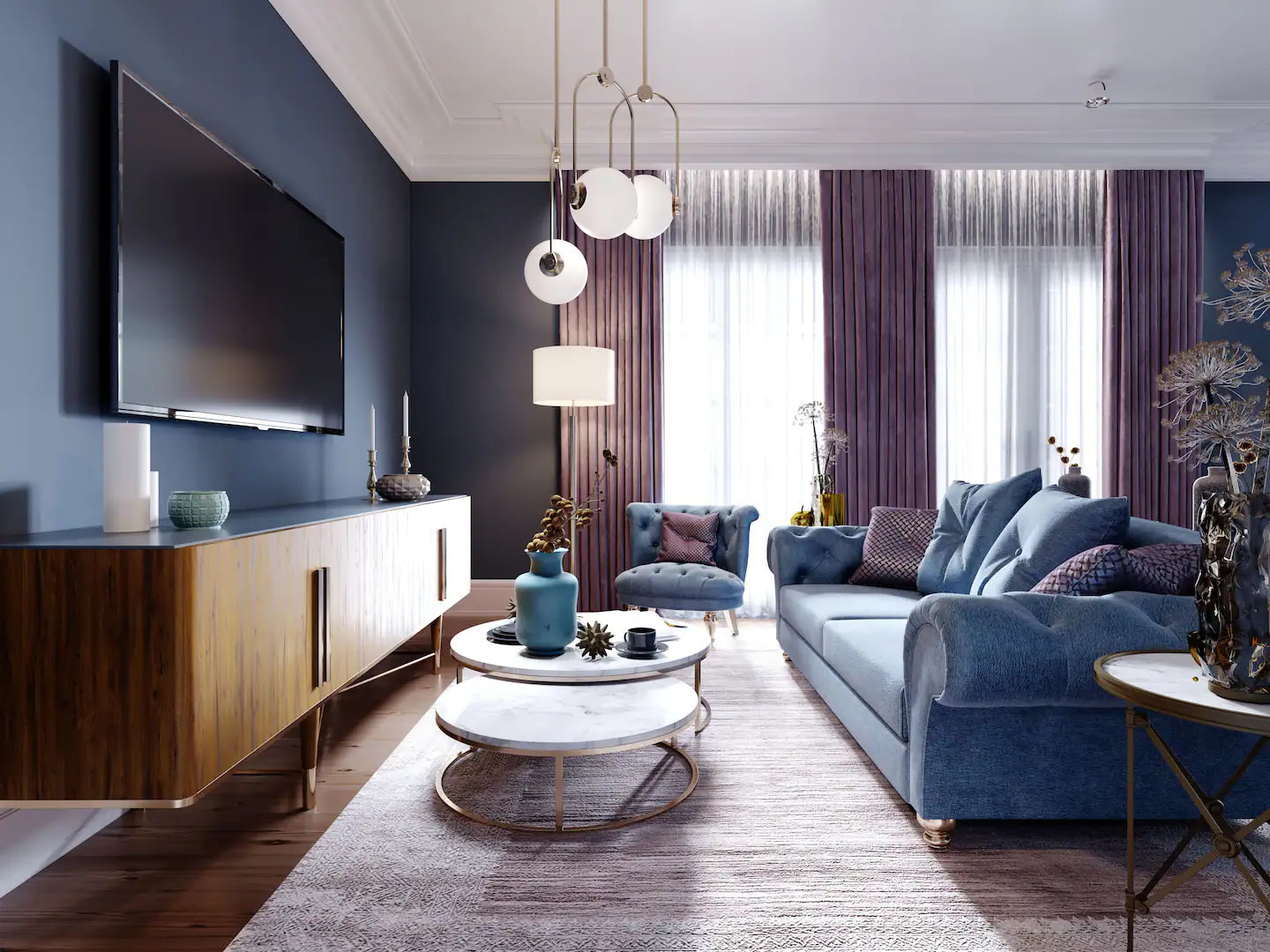

Articles
How To Decorate A Living Room?
Modified: October 29, 2024
Learn how to decorate your living room with our informative articles. Discover tips, ideas, and inspiration for creating a stylish and functional space.
(Many of the links in this article redirect to a specific reviewed product. Your purchase of these products through affiliate links helps to generate commission for Storables.com, at no extra cost. Learn more)
Introduction
When it comes to creating a comfortable and inviting living space, the way you decorate your living room plays a crucial role. A well-decorated living room not only reflects your personal style but also sets the tone for the entire home. Whether you’re starting from scratch or looking to revamp your existing living room, this article will provide you with a comprehensive guide on how to decorate a living room.
Decorating a living room involves various elements, such as choosing a color scheme, selecting furniture, arranging pieces, adding accent pieces, incorporating lighting, hanging artwork, decorating with plants, styling shelves and tables, and adding those final touches. Each step contributes to creating a cohesive and visually appealing space that reflects your personality and enhances your daily living.
Before diving into the specifics of each step, it’s important to note that there are no hard and fast rules when it comes to decorating your living room. Your space should be a reflection of your taste and lifestyle. So, don’t be afraid to experiment and inject your own creativity into the process. With that said, let’s get started on how to bring your living room to life.
Key Takeaways:
- Create a cohesive living room by choosing a color scheme that reflects your style and personality, investing in quality furniture, and arranging pieces for optimal flow and functionality.
- Infuse your living room with personality and style through accent pieces, lighting, artwork, plants, and curated shelves and tables. Enjoy the process and make adjustments as your preferences evolve.
Read more: How To Divide A Living Room And Dining Room
Choosing a Color Scheme
Selecting the right color scheme is a vital first step in decorating your living room. The colors you choose will set the mood and ambiance of the space, so it’s important to choose wisely. Here are some tips to help you in your color selection process.
- Consider the size and natural lighting: When choosing colors for your living room, consider the size of the space and the amount of natural lighting it receives. If your living room is small or lacks natural light, opt for lighter shades to create an illusion of space and brightness. On the other hand, if your living room is large and receives ample natural light, you can experiment with deeper and darker hues.
- Take inspiration from your furniture: If you already have furniture or accent pieces that you love, take inspiration from their colors when selecting your color scheme. Look for colors that complement or contrast with your furniture to create a cohesive and balanced look.
- Consider your personal style: Think about your personal style and the mood you want to create in your living room. If you prefer a calm and relaxing atmosphere, choose soft and neutral tones like beige, cream, or light blue. For a more vibrant and energetic feel, opt for bold and vibrant colors like red, yellow, or teal.
- Don’t forget about the ceiling and trim: When choosing a color scheme, don’t forget to consider the ceiling and trim. These elements can be painted in a contrasting color to create visual interest and add dimension to the room.
- Test the colors: Before committing to a specific color scheme, it’s a good idea to test the colors in your living room. Paint small patches on the wall and observe how they look in different lighting conditions. This will help you make an informed decision and avoid any potential color regrets.
Remember, the color scheme you choose sets the foundation for the rest of your living room decor. So, take your time to select colors that resonate with your style and create the desired atmosphere in your space. Once you’ve chosen your color scheme, you can move on to the next step of selecting furniture.
Selecting Furniture
The furniture you choose for your living room not only serves a functional purpose but also contributes to the overall aesthetics of the space. Here are some guidelines to keep in mind when selecting furniture for your living room.
- Determine the size and layout: Before shopping for furniture, measure your living room to determine the appropriate size and layout. Consider the available space and any architectural features, such as windows, doors, or fireplaces. This will help you choose furniture pieces that fit comfortably and leave enough room for movement.
- Invest in quality pieces: While it may be tempting to go for cheaper options, investing in high-quality furniture is worth it in the long run. Quality furniture not only lasts longer but also adds a sense of sophistication and durability to your living room. Look for solid materials, sturdy construction, and reputable brands.
- Consider the function: Think about how you will use your living room and choose furniture that matches your lifestyle. If you entertain frequently, consider a comfortable sofa and additional seating options. If you have children or pets, opt for durable and easy-to-clean fabrics. Don’t forget to include storage options, such as coffee tables with drawers or shelving units, to keep your living room organized.
- Mix and match styles: Don’t be afraid to mix different furniture styles to create visual interest and a unique look. Combining different textures, colors, and design styles can add depth and personality to your living room. However, make sure there is a cohesive element that ties the pieces together, such as a common color or theme.
- Consider comfort: Comfort should be a top priority when selecting furniture for your living room. Look for pieces with supportive cushions, ergonomic designs, and appropriate seating heights. Test the furniture in person, if possible, to ensure it meets your comfort preferences.
Remember, the furniture you choose should not only be visually appealing but also functional and comfortable. Take your time to explore different options and consider your personal style and needs. Once you have selected your furniture, you can move on to the next step of arranging the pieces in your living room.
Arranging Furniture
Once you’ve selected the furniture for your living room, the next step is to arrange the pieces in a way that maximizes functionality and creates a harmonious layout. Here are some tips to help you arrange your furniture effectively:
- Consider the focal point: Start by identifying the focal point of your living room. This could be a fireplace, a large window with a view, or a media center. Arrange your furniture around the focal point to create a natural flow and draw attention to the central feature.
- Create conversation areas: Arrange seating pieces to create conversation areas. Place sofas and chairs facing each other to facilitate conversation and create an inviting atmosphere. Avoid placing furniture too far apart, as it can impede communication and make the room feel disconnected.
- Allow for easy movement: Leave enough space for easy movement around the furniture. Ensure that there is a clear pathway between different areas of the room and avoid blocking doorways or walkways. This will create a seamless and functional flow in your living room.
- Consider traffic flow: Think about the traffic flow in your living room and arrange furniture in a way that allows for easy movement. Avoid placing furniture in high-traffic areas or blocking entry or exit points. Keep in mind the natural flow of foot traffic to ensure a seamless experience for you and your guests.
- Create balance and symmetry: Aim for balance and symmetry in your furniture arrangement. Distribute the weight of large furniture pieces evenly throughout the room and create a sense of visual equilibrium. This can be achieved by pairing similar-sized furniture on opposite sides of the room or using matching accessories.
- Add functional and decorative elements: Incorporate functional and decorative elements, such as coffee tables, side tables, and accent chairs. These pieces not only provide extra functionality but also add visual interest and personal style to your living room. Place them strategically to create a balanced and cohesive look.
Remember, the arrangement of your furniture should facilitate easy movement, promote conversation, and create a visually appealing layout. Take the time to experiment with different configurations and adjust as needed until you find the perfect arrangement for your living room.
Adding Accent Pieces
Accent pieces are the finishing touches that add personality and style to your living room. They are the smaller details that tie the room together and make it feel complete. Here are some ideas for adding accent pieces to enhance your living room:
- Throw pillows and blankets: Add cozy and decorative throw pillows and blankets to your sofas and chairs. Choose a mix of patterns, textures, and colors that complement your overall color scheme and style.
- Rugs: Incorporate rugs to define different areas and add warmth and texture to your living room. Choose a rug that complements your color scheme and fits the size of your furniture arrangement.
- Window treatments: Dress up your windows with curtains or blinds that match your style. This not only adds privacy but also softens the look of the room and enhances the overall aesthetics.
- Decorative mirrors: Hang decorative mirrors on the walls to create the illusion of a larger space and reflect natural light. Mirrors also add a touch of elegance and serve as decorative focal points.
- Artwork: Hang artwork or photographs that resonate with your personal style and complement your color scheme. Consider the size and scale of the artwork in relation to the wall and furniture it will be placed on.
- Decorative accessories: Display decorative accessories such as vases, candles, sculptures, or figurines on shelves, coffee tables, or mantels. Choose pieces that reflect your interests, hobbies, or travels to add a personal touch.
- Books and magazines: Arrange books and magazines on shelves or coffee tables to create a cozy and inviting atmosphere. They not only serve as decorative elements but also provide entertainment and conversation starters for guests.
- Plants: Bring the freshness of nature into your living room by adding plants. Choose low-maintenance houseplants that thrive indoors and place them in strategic locations to add color and life to the space.
Remember, accent pieces are a great way to infuse your personal style into your living room. Mix and match different elements to create a cohesive and visually appealing look. Pay attention to scale, balance, and the overall aesthetics when adding accent pieces to ensure they complement the rest of your decor.
Read more: What Pictures To Hang In Living Room
Incorporating Lighting
Lighting plays a crucial role in creating the ambiance and atmosphere of your living room. Proper lighting can enhance the overall look and functionality of the space. Here are some tips for incorporating lighting into your living room:
- Natural light: Take advantage of natural light by maximizing the use of windows. Keep window treatments light and airy to allow sunlight to fill the room during the day. Arrange furniture in a way that does not obstruct the flow of natural light.
- Ambient lighting: Install ambient lighting fixtures, such as overhead lights or chandeliers, to provide overall illumination in the room. These fixtures should evenly distribute light and create a warm and inviting atmosphere.
- Task lighting: Incorporate task lighting in areas where specific activities take place, such as reading or working. Use table lamps or floor lamps near seating areas or desks to provide focused lighting for specific tasks.
- Accent lighting: Use accent lighting to highlight architectural features, artwork, or decorative objects in your living room. This can be achieved with adjustable track lighting, wall-mounted sconces, or picture lights.
- Dimmers: Install dimmer switches for your lighting fixtures to have control over the intensity of the light. Dimmers allow you to create different moods and adjust the lighting to suit different occasions or activities.
- Layered lighting: Create a layered lighting scheme by combining different types of lighting. This includes a mix of ambient, task, and accent lighting. Layered lighting adds depth and dimension to your living room and allows for more versatile lighting options.
- Smart lighting: Consider incorporating smart lighting systems that can be controlled remotely or through voice commands. These systems offer convenience and flexibility in adjusting the lighting according to your preferences.
Remember, lighting can significantly impact the mood and functionality of your living room. A well-thought-out lighting plan can make the room feel cozy, spacious, and inviting. Experiment with different lighting fixtures and combinations to find the perfect balance of light for your space.
Consider using a mix of textures and patterns in your living room decor to add visual interest and depth to the space. This can include incorporating different fabrics, materials, and finishes to create a dynamic and inviting atmosphere.
Hanging Artwork
Artwork can add personality, color, and visual interest to your living room. Hanging artwork properly can elevate the overall aesthetics of the space and create a focal point. Here are some tips for hanging artwork in your living room:
- Consider eye level: Hang artwork at eye level, generally around 57-60 inches from the floor. This ensures that the artwork is easily visible and allows viewers to appreciate it without straining their necks.
- Create balance and proportion: When hanging multiple pieces of artwork, create balance and proportion. You can achieve this by arranging artwork in a symmetrical or asymmetrical layout. Consider the size, shape, and color of each piece to create a visually pleasing arrangement.
- Take wall size into account: Consider the size of your wall when selecting artwork. Large pieces can make a statement on a spacious wall, while smaller pieces may be better suited for a narrower wall.
- Grouping artwork: Group smaller artwork pieces together to create a cohesive display. You can arrange them in a gallery wall style or create a grid pattern for a clean and modern look.
- Consider the furniture: Take into account the furniture near the artwork when hanging it. The bottom edge of the artwork should be around 6-8 inches above the furniture to maintain visual balance.
- Vary the types of artwork: Mix different types of artwork, such as paintings, photographs, prints, or even sculptures, to add variety and texture to your living room walls.
- Use proper hanging techniques: Invest in proper hanging tools, such as picture hooks or wall anchors, to ensure that your artwork is securely and safely hung. Use a level to make sure that your artwork is straight.
- Consider lighting: Arrange your artwork in a way that takes advantage of natural or artificial lighting. Proper lighting can enhance the colors and details of your artwork and create a captivating display.
Remember, hanging artwork is a personal process, and there are no strict rules. Trust your instincts and creativity when arranging and hanging artwork in your living room. Let your own style and preferences shine through to create a unique and visually pleasing display.
Decorating with Plants
Plants bring life, beauty, and a touch of nature into your living room. They not only add vibrant colors and textures but also improve air quality and create a calming atmosphere. Here are some tips for decorating your living room with plants:
- Consider the lighting: Assess the natural lighting in your living room before choosing plants. Some plants thrive in bright, indirect light, while others can tolerate lower light conditions. Select plants that are suitable for the available sunlight in your space.
- Choose the right size: Consider the size of your living room when selecting plants. If you have a small living room, opt for smaller plants or hanging plants to save space. For larger rooms, you can incorporate bigger floor plants or tall potted plants to make a statement.
- Mix and match: Create visual interest by mixing different types of plants. Choose plants with varying heights, leaf shapes, and colors to add dimension and texture to your living room. Combine trailing plants, like ivy or pothos, with taller plants, such as palms or fiddle-leaf figs, for an appealing display.
- Consider maintenance: Assess your ability to care for plants and choose ones that match your lifestyle. Some plants require more frequent watering and attention, while others are more low-maintenance. Select plants that align with your time and commitment for plant care.
- Use decorative planters and stands: Enhance the visual appeal of your plants by placing them in decorative planters or stands. Choose containers that complement your living room’s style and color scheme. Terracotta pots, glazed ceramic planters, or minimalist metal stands can all add a stylish touch.
- Group plants: Create a plant-filled corner or grouping by clustering plants together. This not only creates an eye-catching display but also helps create a microclimate that benefits the plants. Group plants with similar care requirements to make watering and maintenance easier.
- Utilize hanging plants: Hanging plants can add visual interest and save floor or surface space. Hang trailing plants, such as spider plants or pothos, in macrame plant hangers or decorative hooks from ceilings or wall mounts to create an elevated and lush look.
- Add air-purifying plants: Incorporate air-purifying plants, such as snake plants, peace lilies, or spider plants, to improve the air quality in your living room. These plants help filter out toxins and release oxygen, creating a healthier living environment.
Remember, decorating with plants is a personal choice, and you should select plants that resonate with your style and care abilities. Experiment with different combinations and arrangements to create a refreshing and inviting living room filled with the beauty of nature.
Styling Shelves and Tables
Shelves and tables in your living room offer the perfect opportunity to exhibit your favorite items and create a personalized display. With thoughtful styling, you can transform these surfaces into focal points that enhance the overall aesthetics of your living room. Here are some tips for styling shelves and tables:
- Start with a clean slate: Begin by clearing off your shelves and tables. Remove all items and start with a blank canvas to work with.
- Group items: Group items together to create visual interest and balance. For shelves, arrange similar items, such as books, decorative boxes, or vases, in clusters or stacks. Mix different shapes, heights, and textures to add dimension. On tables, create vignettes by combining items like candles, trays, and small sculptural pieces.
- Add personal touches: Infuse your style and personality into the arrangement by incorporating personal items, such as family photographs, travel souvenirs, or sentimental objects. These personal touches make the space feel more inviting and tell a story.
- Use varying sizes and heights: Play with varying heights and sizes when styling shelves and tables. This adds visual interest and avoids a monotonous look. Use taller items, like vases or candlesticks, as anchor pieces and layer smaller items, such as small plants or decorative accessories, in front.
- Consider balance and symmetry: Achieve a balanced and cohesive look by creating symmetry or asymmetry. For shelves, balance items on each side by mirroring the arrangement or create an asymmetrical display with different sized objects. On tables, arrange items in a way that feels visually balanced and pleasing to the eye.
- Add texture and color: Incorporate different textures and colors to add depth and visual appeal. Use textured decorative objects, woven baskets, or patterned vases to add tactile interest. Introduce pops of color through books, artwork, or small decorative items that complement or contrast with the surrounding decor.
- Leave breathing space: Avoid overcrowding shelves and tables. Leave some empty spaces to allow the eye to rest and appreciate the items on display. This also prevents the arrangement from looking cluttered.
- Rotate and update: From time to time, refresh the arrangement by rotating items or introducing new pieces. This keeps the display dynamic and adds a sense of freshness to your living room.
Remember, styling shelves and tables is an opportunity to showcase your creativity and personal style. Experiment with different arrangements, mix and match items, and have fun with the process. Let your imagination guide you in creating visually appealing displays that reflect your taste.
Final Touches and Tips
As you near the completion of your living room decoration project, there are some final touches and tips to consider for adding those finishing touches and making the most of your new space. Here are some suggestions:
- Add textiles: Incorporate textiles like curtains, rugs, and throw blankets to add warmth, texture, and visual interest to your living room. Choose fabrics that complement your color scheme and provide comfort.
- Accessorize with cushions: Place decorative cushions on sofas, chairs, or benches to add a touch of style and coziness. Mix and match patterns, textures, and colors to create a layered and inviting look.
- Consider scent: Enhance the ambiance of your living room with pleasant scents. Use scented candles, reed diffusers, or essential oil diffusers to create a soothing and inviting atmosphere.
- Declutter and organize: Keep your living room tidy and organized by finding dedicated spaces for items. Use storage baskets, shelves, or storage ottomans to stow away clutter, DVDs, or remote controls.
- Play with textures: Incorporate different textures in your living room such as a plush rug, velvet pillows, or a tactile woven basket. This adds depth and visual interest to the space.
- Add a personal touch: Display personal mementos, artwork, or photographs that reflect your interests and evoke happy memories. These personal touches will make your living room feel truly unique and special.
- Experiment and evolve: Don’t be afraid to experiment and make changes to your living room over time. Your style and preferences may evolve, and you can always refresh the space with new artwork, accessories, or furniture.
- Take care of maintenance: Regularly clean and maintain your living room to ensure it remains in top condition. Vacuum rugs, dust shelves and surfaces, and water your plants as needed to keep everything looking fresh.
- Enjoy the space: Ultimately, the most important tip is to enjoy your newly decorated living room. Take the time to relax, unwind, and share precious moments with family and friends in this beautifully styled space.
With these final touches and tips, your living room will not only be aesthetically pleasing but also a comfortable and inviting space that reflects your personal style. Enjoy the process of decorating, and don’t forget to make adjustments or additions as your preferences change over time. Happy decorating!
Conclusion
Congratulations on successfully completing the decoration of your living room! By following the steps outlined in this comprehensive guide, you have transformed your living room into a space that not only reflects your personal style but also offers comfort and functionality.
Throughout the process, you have learned how to choose a color scheme that sets the mood, select furniture that suits your lifestyle, arrange pieces for optimal flow, add accent pieces for personal touches, incorporate lighting to enhance the ambiance, hang artwork to create focal points, decorate with plants for a touch of nature, and style shelves and tables for a curated look. All these steps have come together to create an inviting and aesthetically pleasing living room.
Remember, decorating your living room is not just about following rigid rules but about infusing your own creativity and personality into the space. Make adjustments, experiment with different arrangements, and update the decor as your preferences and style evolve.
Now, it’s time to sit back, relax, and enjoy your newly decorated living room. Whether you’re hosting gatherings, spending quality time with loved ones, or simply unwinding after a long day, your well-designed living room will provide the perfect backdrop for creating cherished memories.
Thank you for joining us on this journey of transforming your living room. We hope you found this guide helpful and inspiring. May your living room be a reflection of your unique style, a sanctuary of comfort, and a place where you make lasting memories for years to come.
Frequently Asked Questions about How To Decorate A Living Room?
Was this page helpful?
At Storables.com, we guarantee accurate and reliable information. Our content, validated by Expert Board Contributors, is crafted following stringent Editorial Policies. We're committed to providing you with well-researched, expert-backed insights for all your informational needs.
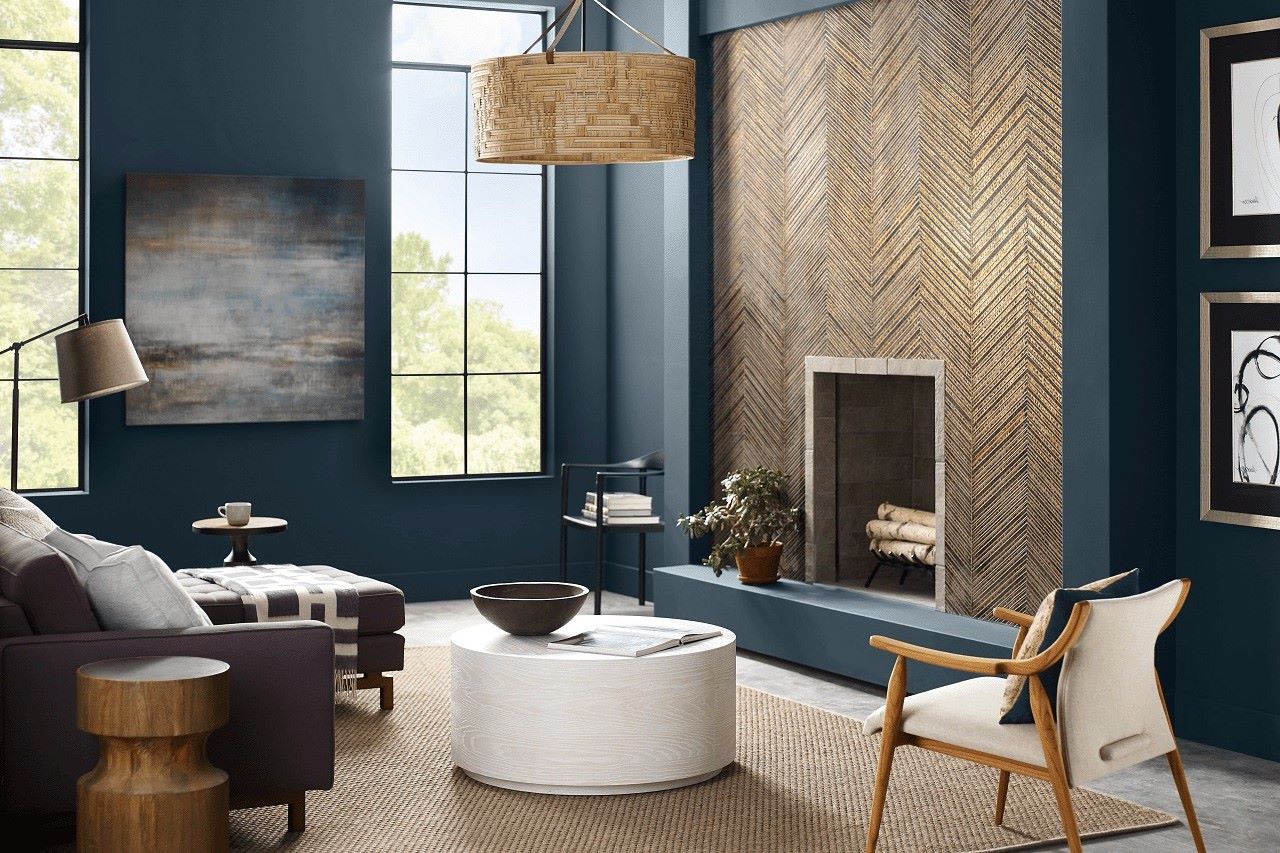
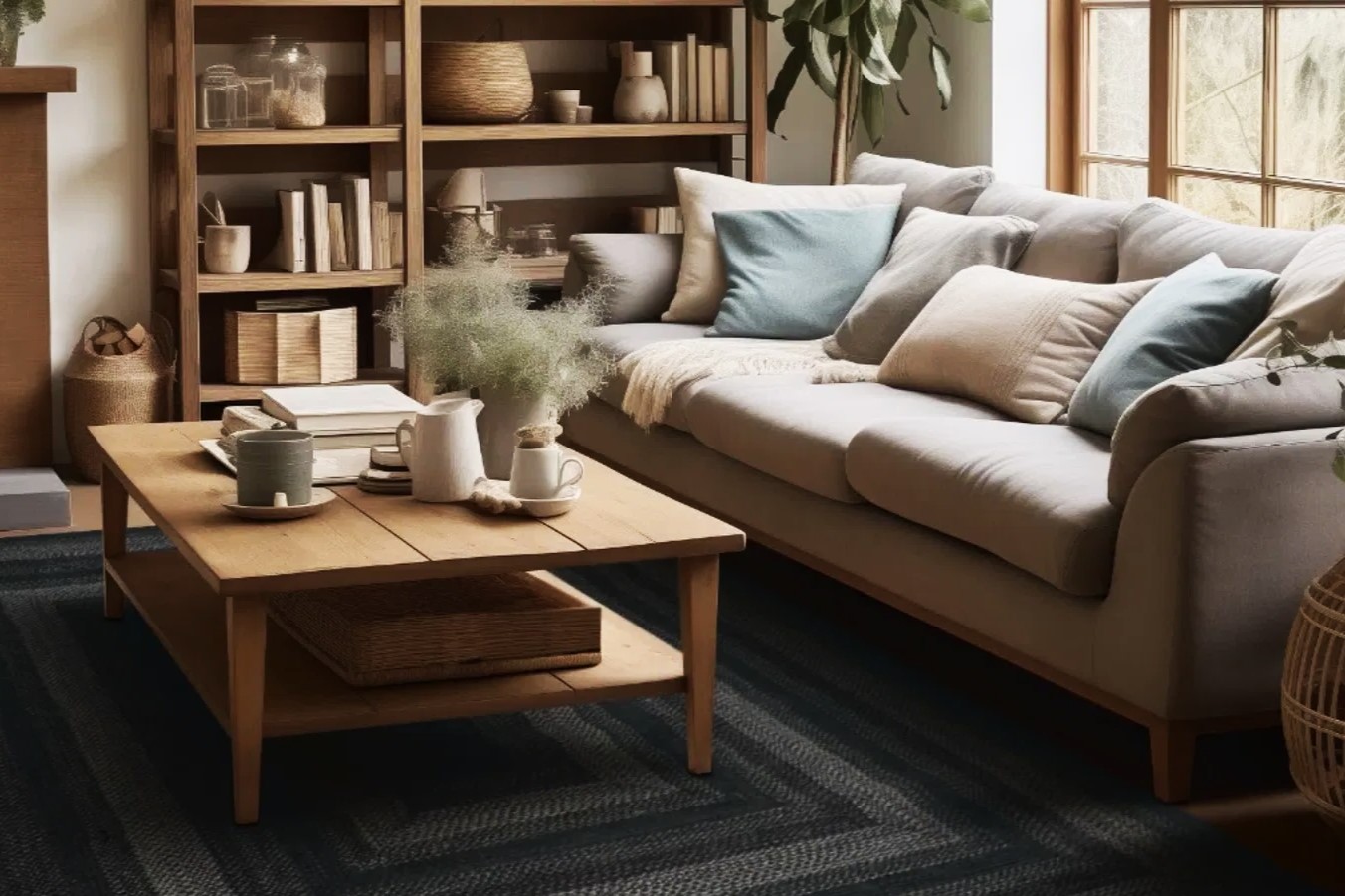
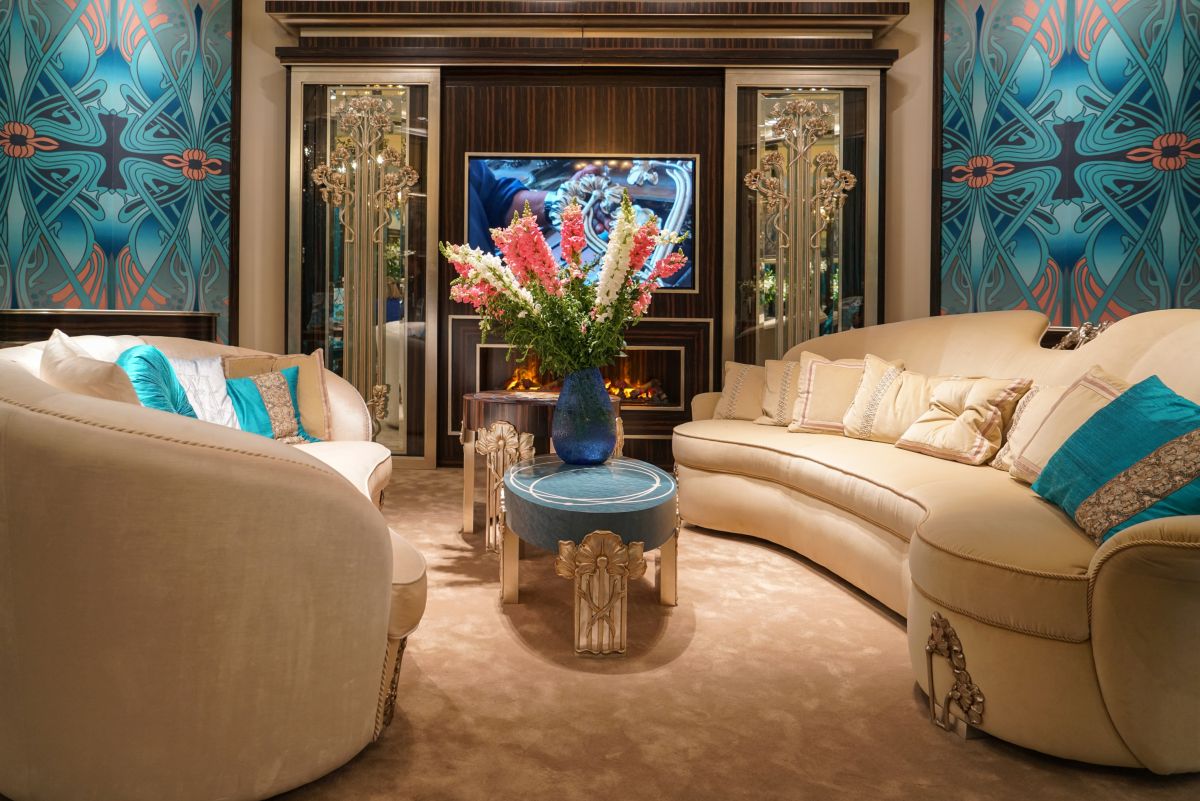
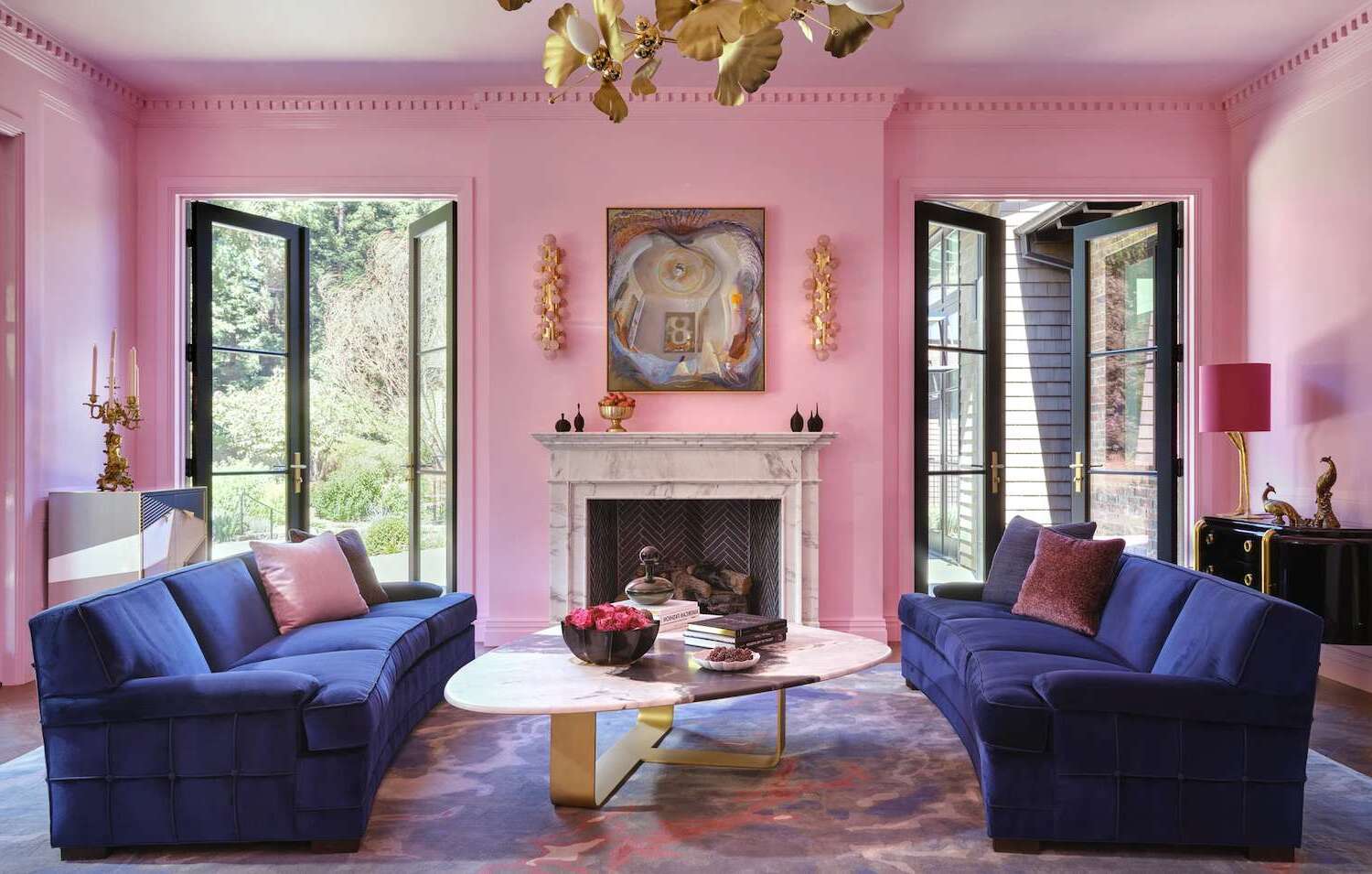
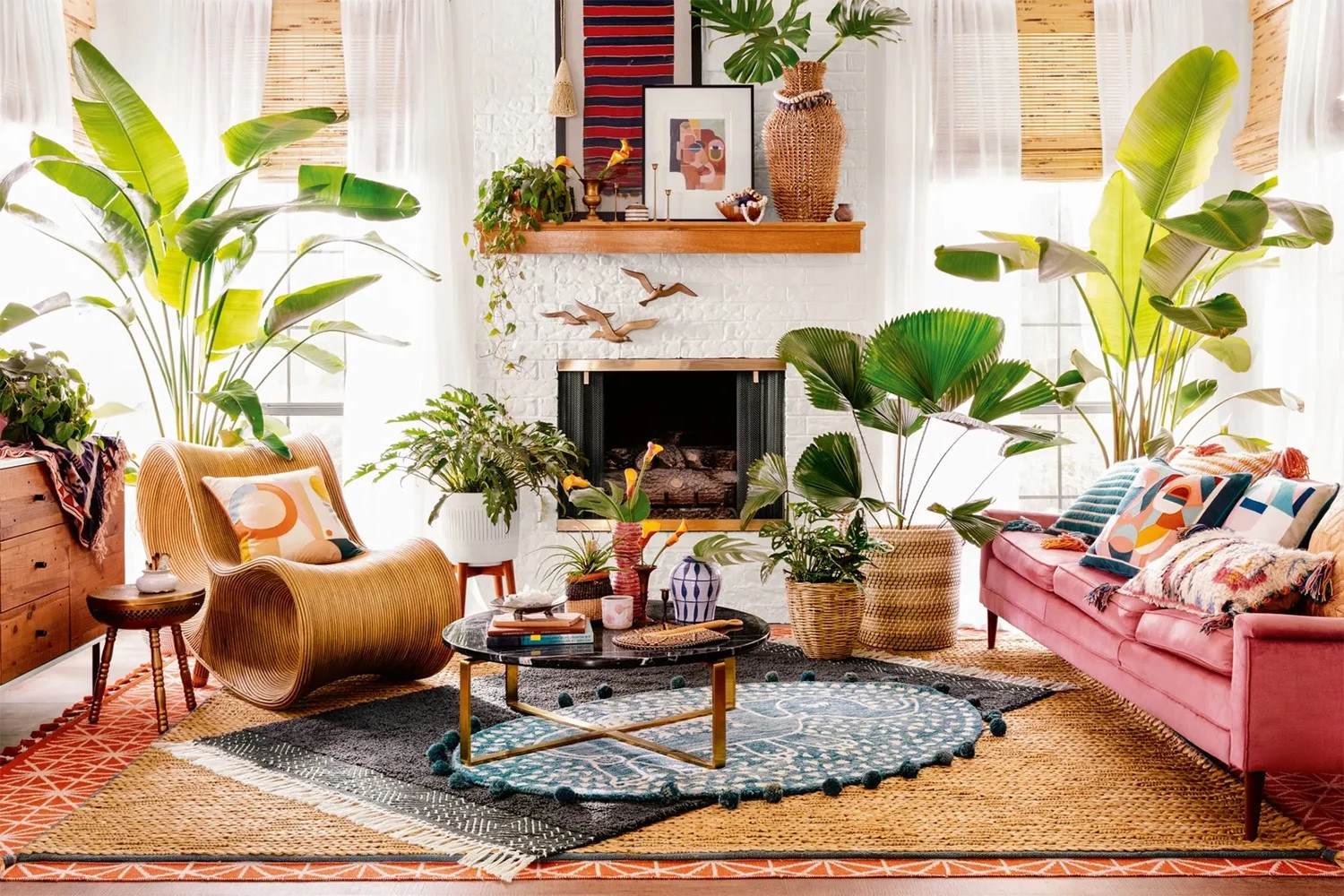
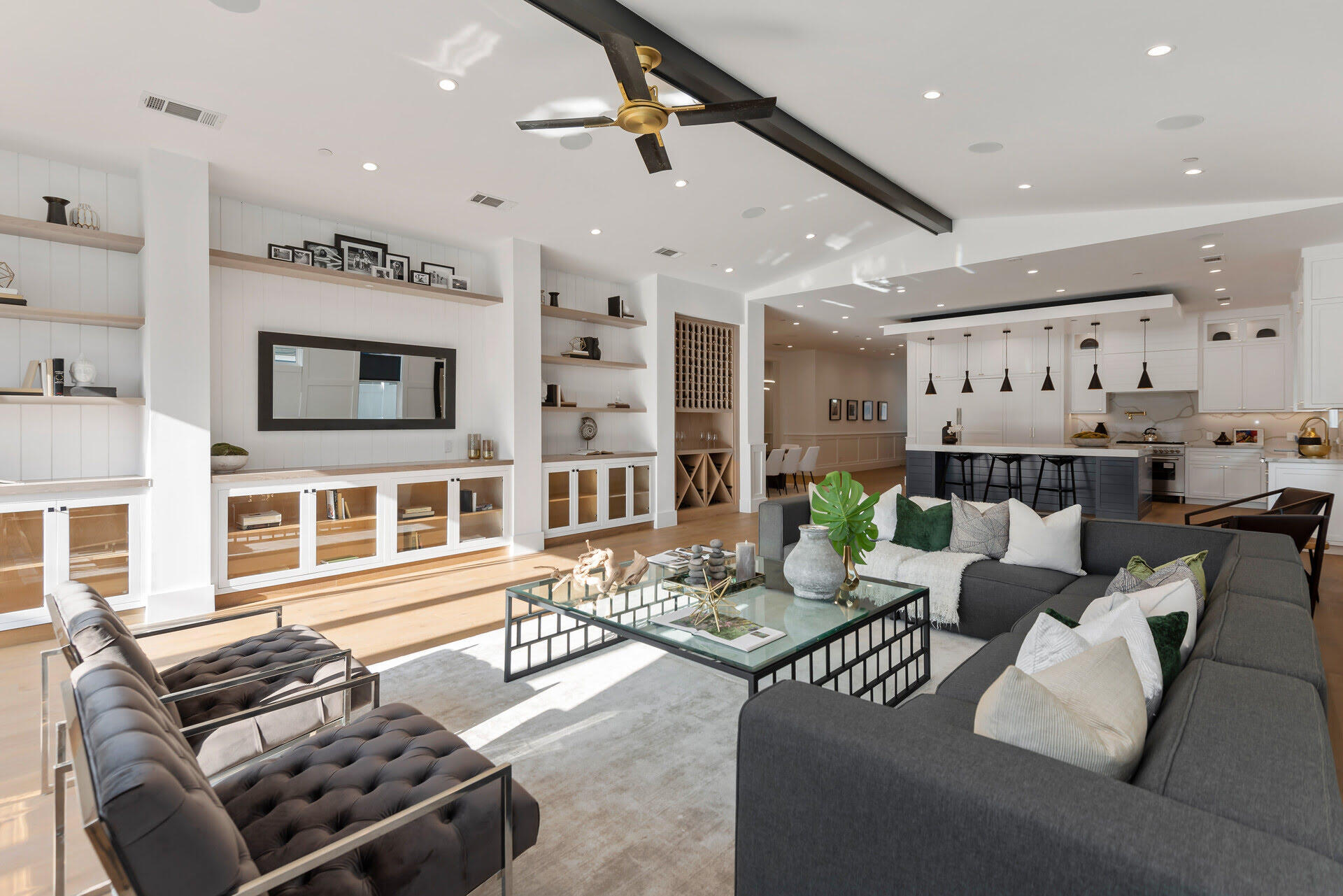
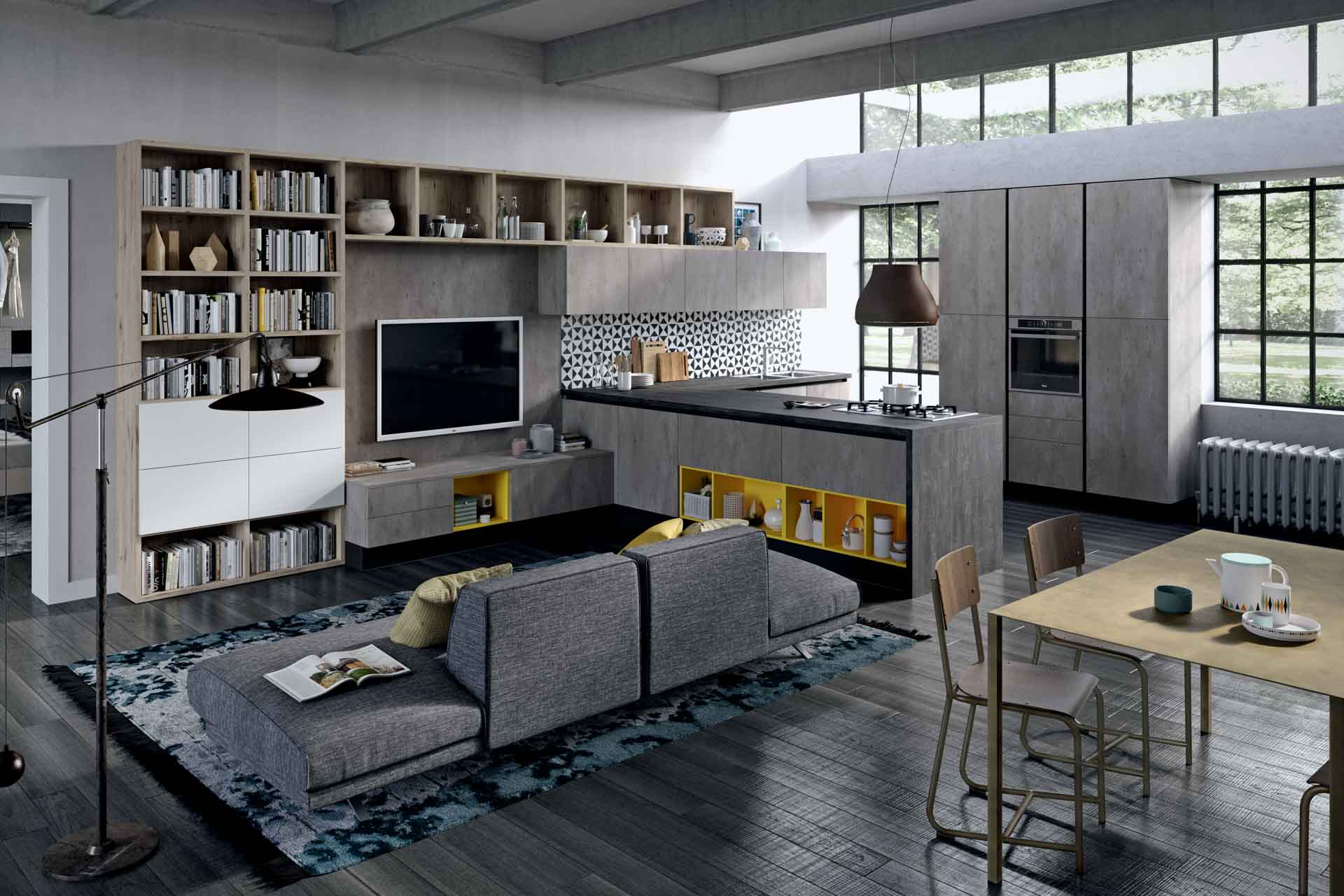
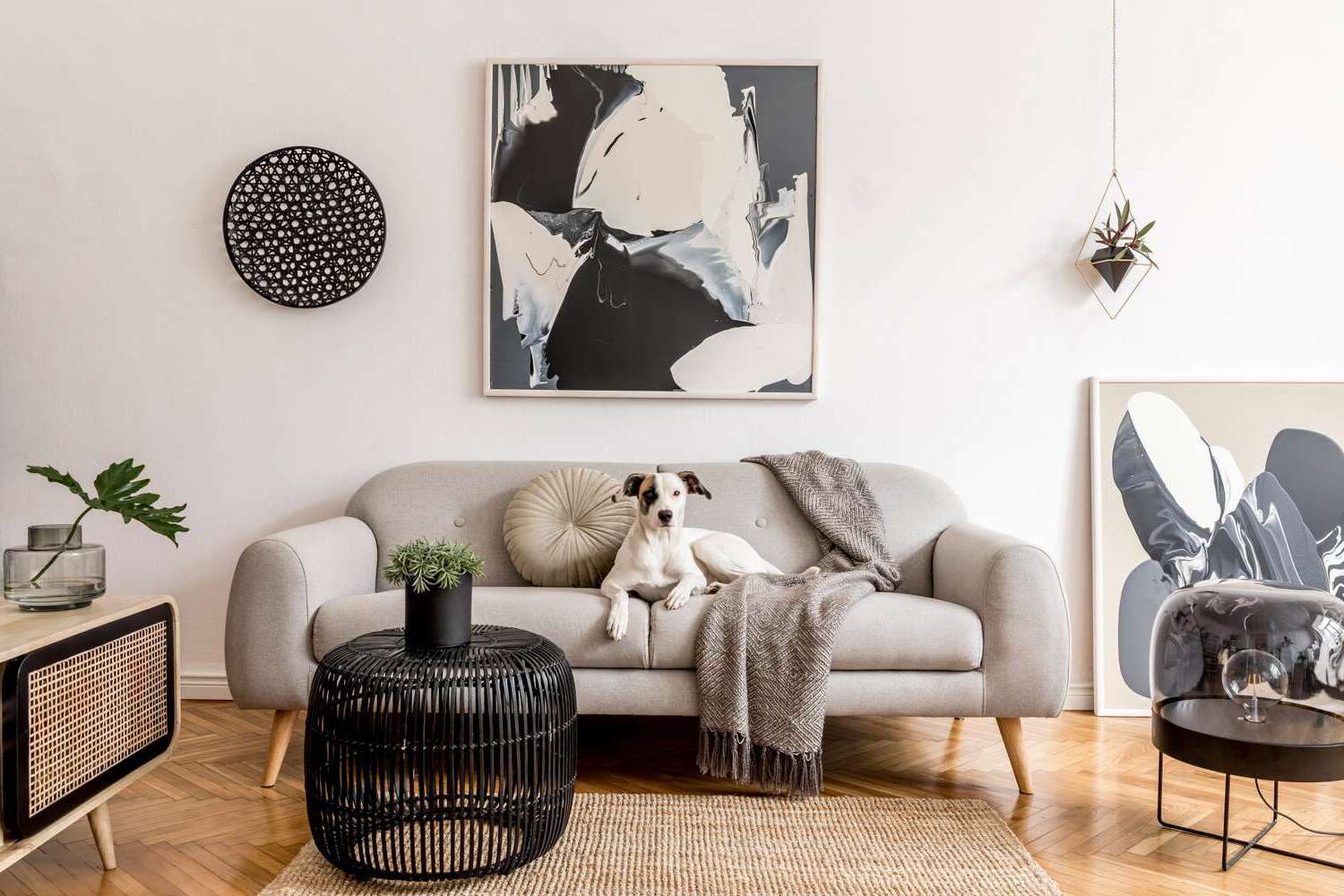
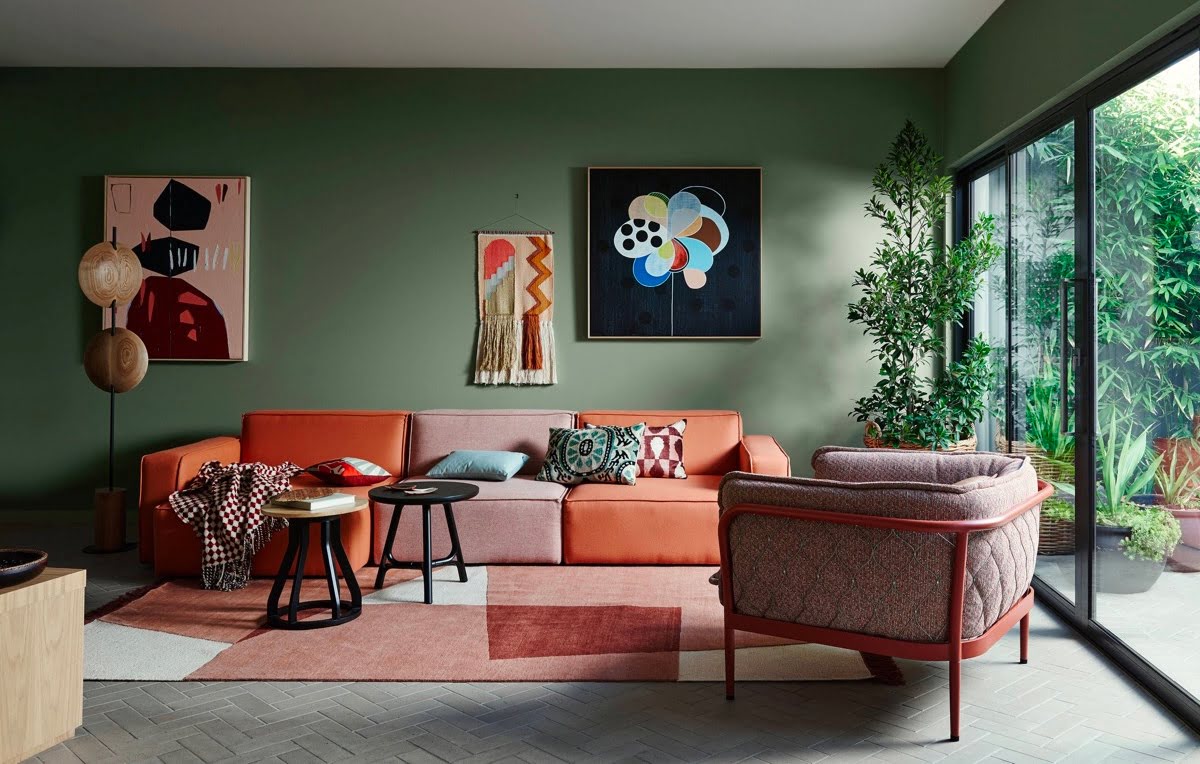
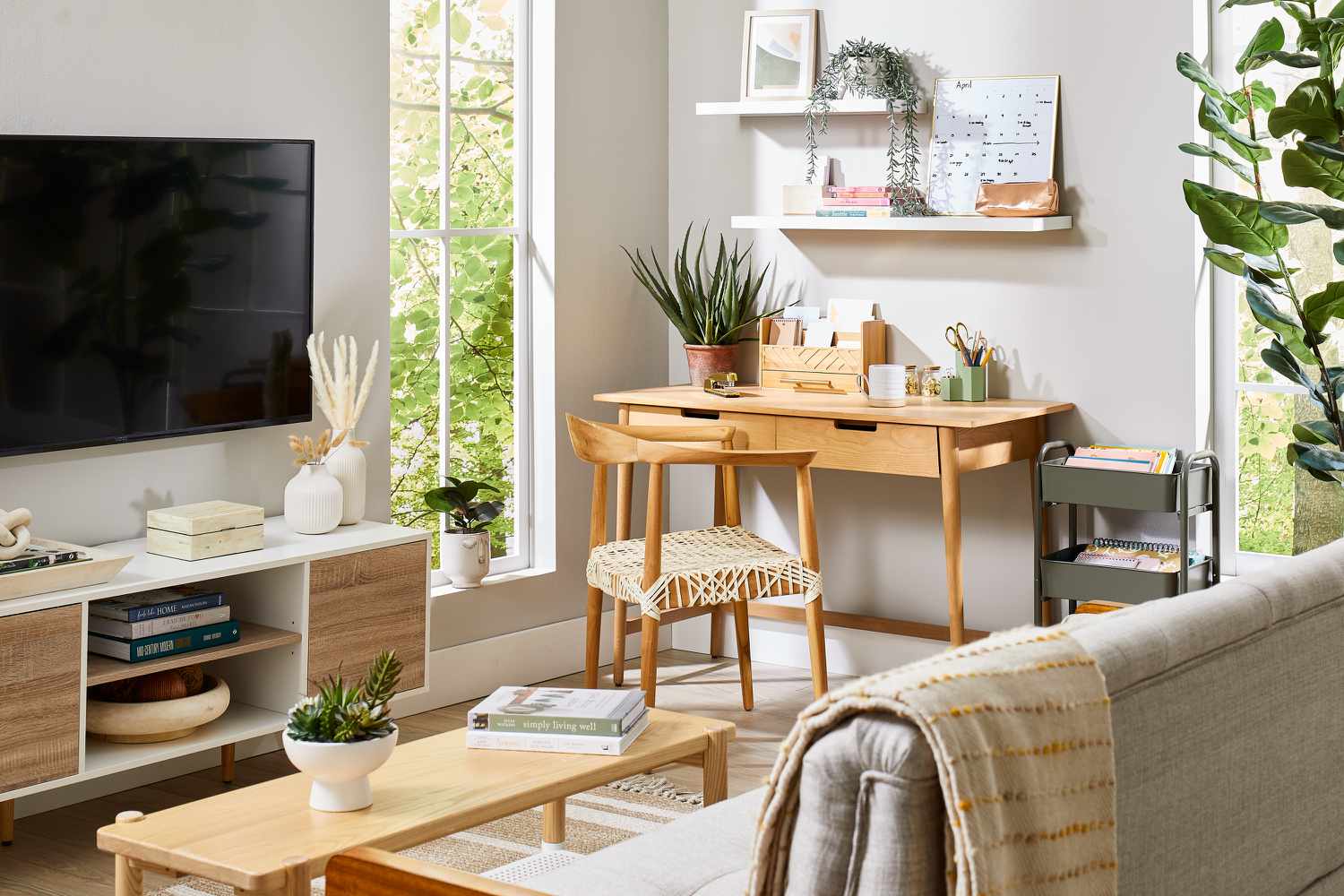

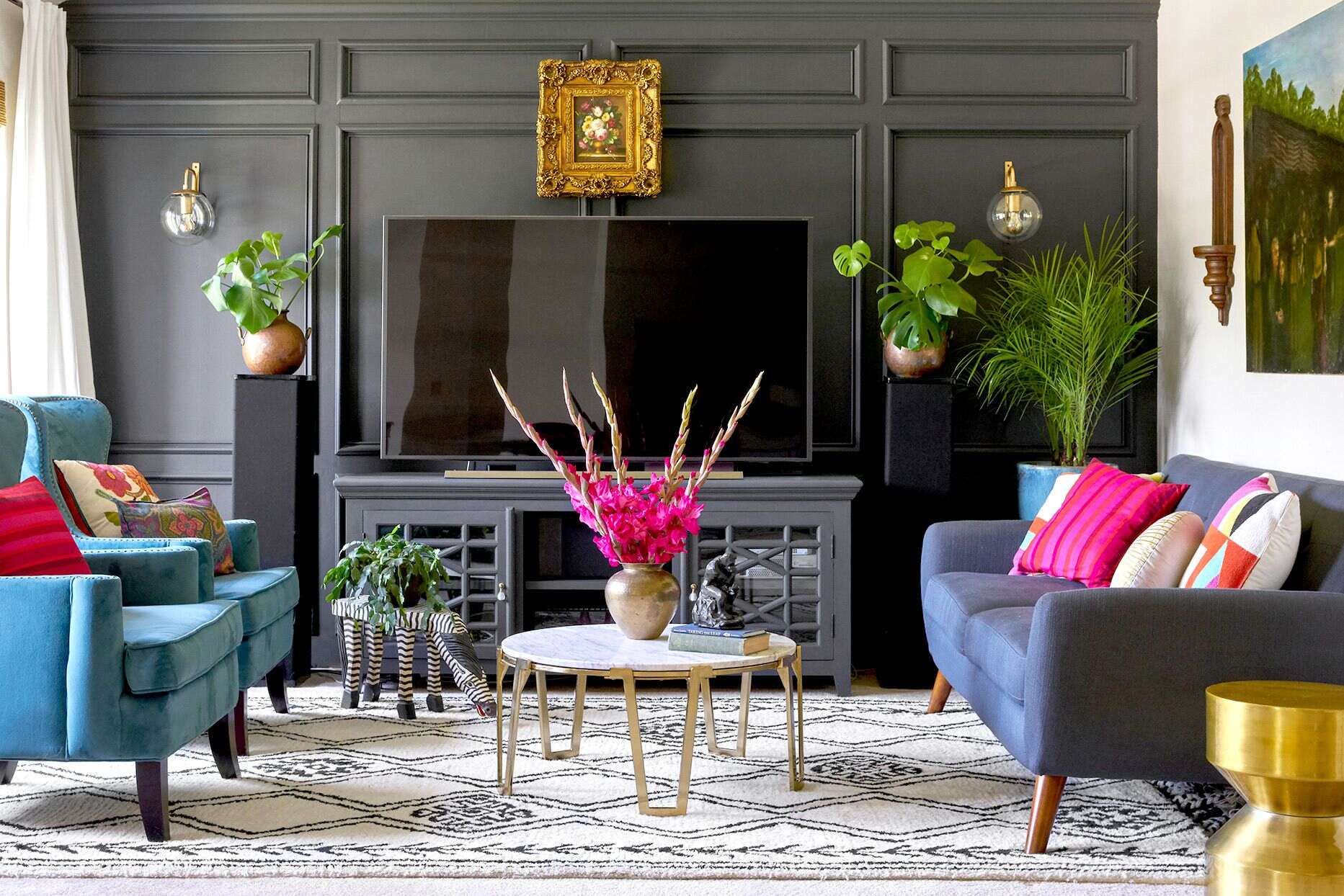
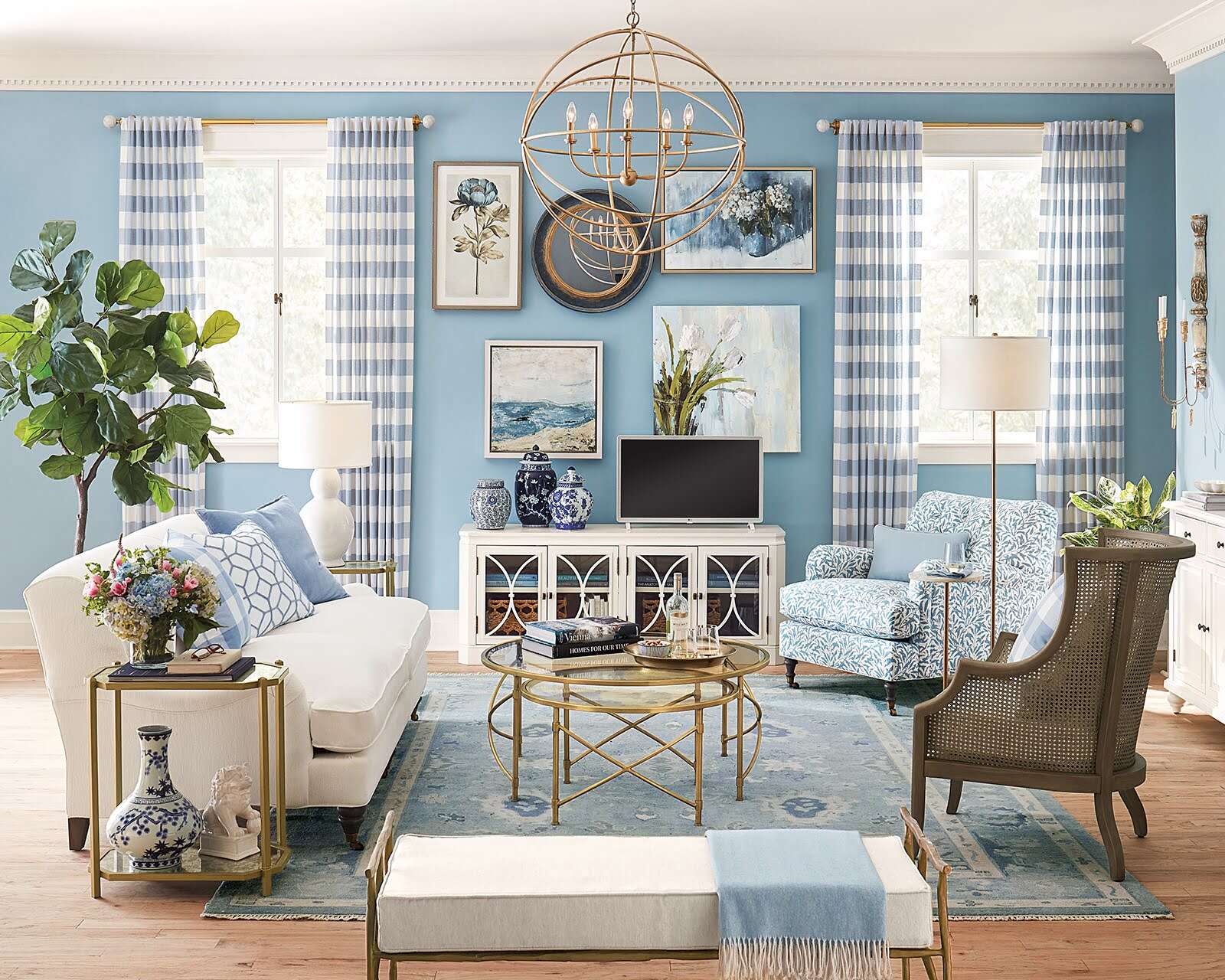

0 thoughts on “How To Decorate A Living Room?”